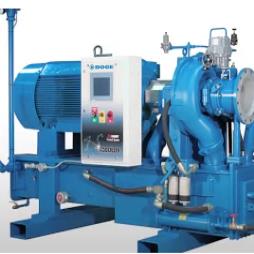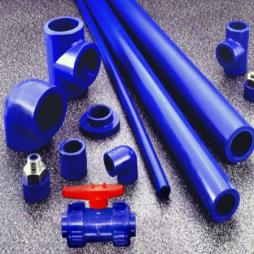What is a Written Scheme of Examination?
17-09-2013
Although compressed air is an extremely useful utility, there are a number of dangers associated with operating a compressed air system, or indeed any system that operates under pressure. Even if just one component of a pressure system goes wrong, it can lead to the endangerment of the employees of your plant.
In 2000, the Pressure Systems Safety Regulations came into force. This set of regulations was established to ensure that plant operators were aware of the operational limitations of their particular pressure systems, as well as making a ‘written scheme of examination’ mandatory for all plant operators making use of a pressure system.
In layman’s terms, a written scheme of examination is a document outlining the components of a compressed air system, the kind of examinations that need to be carried out on those components and how often those examinations needs to be carried out. The document, if adhered to correctly, ensures that the pressure system operates in a safe manner at all times.
What does a written scheme of examination consist of?
As outlined above, a written scheme of examination features most of the equipment in a pressure system, the examinations it requires and how often it needs to be examined. Below is a checklist of features included in the average written scheme of examination, as outlined by the Health and Safety Executive:
The kind of examination required
Work needed to prepare component for examination
Any examinations required before the system is used
The longest interval allowed between examinations
Parts of the system that will need examining before use should they be modified or repaired
The name of the person certifying the written scheme of examination
Date of certification
Who draws up a written scheme of examination?
There is nothing stopping a plant owner from drawing up a written scheme of examination themselves, and there is plenty of material available online to support a plant owner doing this. Drawing up your own written scheme of examination does require a good knowledge of the various regulations governing the safety of pressure systems, however, as well as being able to identify how often equipment requires examination.
A much quicker option is to enlist the help of a competent examiner from the offset. A qualified professional, such as those at Excel Compressors, will be able to help you identify the components that will need to be listed in the written scheme of examination, as well as setting the scope for the document.
Once drafted, the document needs to be certified by a competent person (i.e. a BCAS-approved competent examiner). This process will obviously be a lot quicker if the certifier was involved in the drafting of the document.
What happens after the document is complete?
A written scheme of examination is designed to be a ‘current’ document, outlining the components in your current compressed air system. This means that the document needs to be updated as you add or replace the various components of the system – if you get a new air compressor, for example, this will need to be reflected in the written scheme of examination.
Once complete and certified, you are legally bound to adhere to the examinations outlined in the document, although the safety guaranteed by adhering to the document should be incentive enough to stick to the document.Visit the Excel Compressor Engineering Ltd website for more information on What is a Written Scheme of Examination?





